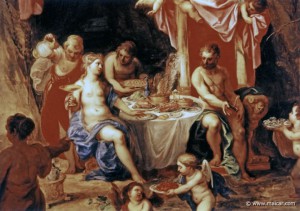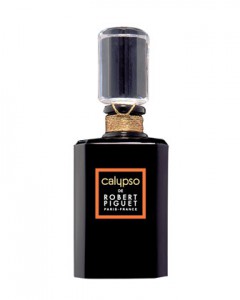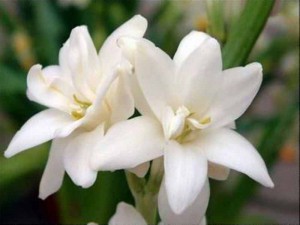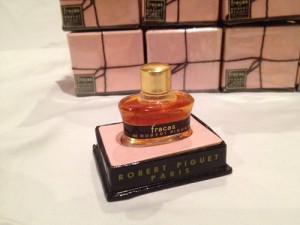Robert Piguet – Bandit
Leather scents rank highly in my top fragrance choices, but they can be difficult for some, especially as the weather turns warmer. On days when I want the daring, provocative rebellion that only a leather can deliver, but without the heaviness, Robert Piguet’s Bandit is my fragrance of choice. Created by the fragrance mastermind Germaine Cellier, the woman responsible for Fracas and Balmain’s Vent Vert, Bandit is a fine balance between bracing leather and green florals.
Legend has it that the perfume was inspired by a symbolic post-war runway show, with models dressed up in masks and carrying toy weapons, like cross-dressed outlaws. Whether or not this legend is true, Bandit clearly has a foot squarely in each the masculine and feminine realms, giving the fragrance a subtle androgynous character and driving home its bad-boy image.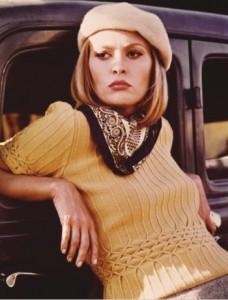
While the post-2012 reformulation is surely miles away from the 1944 original, the magic of Bandit lies in the interplay of leather and chypre, smokiness and green depths, masculine and feminine. From the first moments of its sharp galbanum opening until its rich smoky roots, Bandit is a beautiful marriage of opposites, like a tussle between James Dean and Marilyn Monroe. It’s elegant, bitter and beautifully unconventional.
Notes: galbanum, artemisia, neroli, orange, ylang ylang, jasmine, rose, tuberose, carnation, leather, vetiver, oakmoss, musk, patchouli.
2012 reformulation sample courtesy of Bergdorf Goodman.



